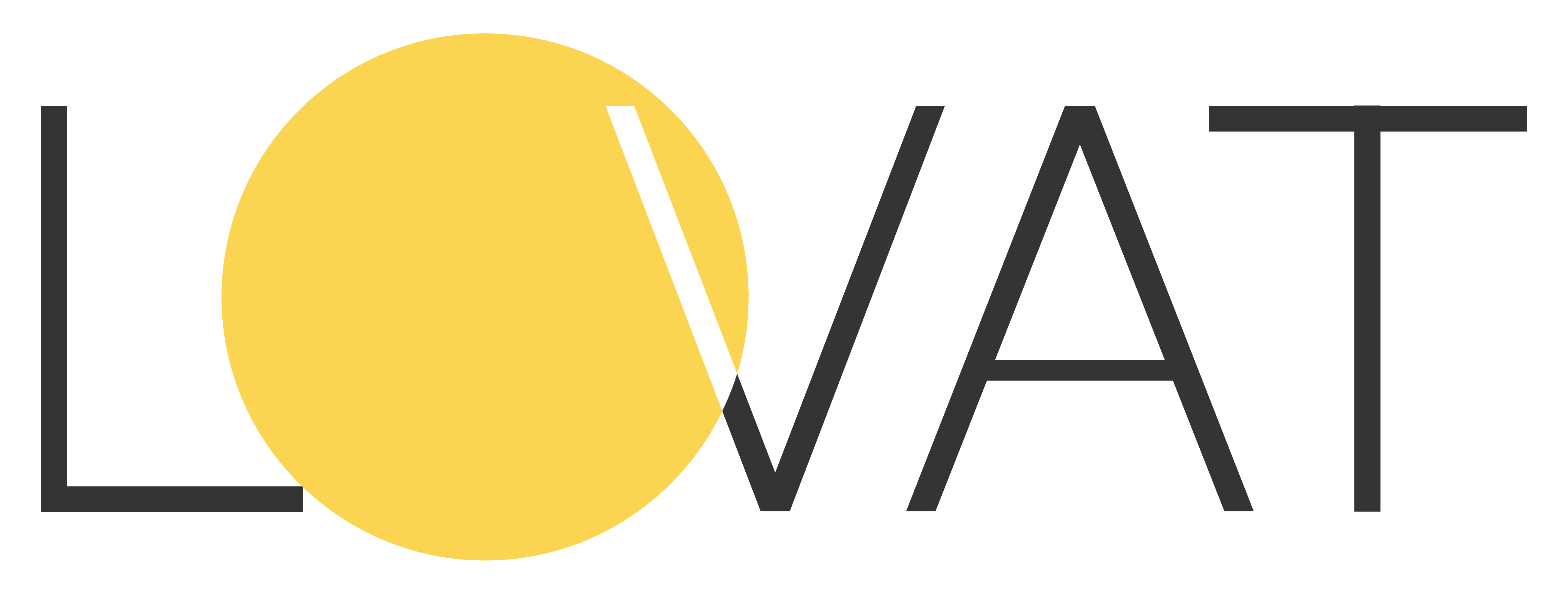This guide is for e-commerce companies that sell online via web stores or at marketplaces to Irish consumers.
VAT Standard rate
The standard VAT rate in Ireland in 2024 is 23% (since March the 1st 2021).
VAT Reduced rate
Reduced Rate (13.5%)
- Certain fuels;
- Certain building services;
- Repair services;
- General cleaning and maintenance services;
- Certain photographic supplies;
- Importation of certain works of art and antiques;
- Supply of food and drink in catering (excluding alcohol, soft drinks, and bottled water);
- Food and drink from vending machines that would otherwise be zero-rated;
- Hot take-away food and hot tea and coffee;
- Hotel lettings (e.g., guesthouses, caravan parks, or camping sites);
- Admissions to cinemas, theatres, certain musical performances, museums, art galleries, or exhibitions;
- Amusement services (e.g., those normally supplied in fairgrounds or amusement parks);
- Hairdressing services;
- Supply of live horses (excluding those intended for foodstuffs or agricultural production);
- Hire of horses;
- Supply of greyhounds;
- Certain printed matter (e.g., brochures, leaflets, catalogs, or printed music; different rates apply to books and newspapers).
Second Reduced Rate (9%)
For the period from 01 May 2022 to 31 October 2024, the following supplies are subject to the second reduced rate of VAT:
- The supply of electricity;
- The supply of gas used for domestic or industrial heating or lighting, whether in gaseous or liquid form, excluding:
- Vehicle gas;
- Liquefied petroleum gas for use as a propellant;
- Gas for welding or cutting metal;
- Gas sold as lighter fuel.
Additionally, the second reduced rate of VAT applies to:
- Periodicals;
- Certain eBooks and periodicals (excluding those devoted wholly or predominantly to advertising, or consisting wholly or predominantly of audio or video content);
- The provision of facilities for taking part in sport by a person other than a non-profit making organization.
0%
- The zero rates of Value-Added Tax (VAT) apply only to newspapers and defibrillators.
See the summary of the EU VAT rates.
Thresholds
From the 1st of July 2021, the distance selling thresholds were withdrawn and replaced by a unified threshold of €10,000 for all EU members.
In other words, VAT should be charged at the VAT rate of the customer’s country of residence by companies whose annual taxable cross-border turnover is over €10,000.
Deductible VAT
If goods or services were used to make taxable supplies in Ireland, VAT in input invoices might be credited. Examples include:
- VAT paid at custom clearance with your EORI number;
- VAT paid to Irish suppliers.
Registration procedure
When a company has the obligation to register, the owners will be required to complete and submit a VAT registration form online to Revenue’s Online Services (ROS), along with supporting documentation:
- Trade register extract;
- VAT certificate;
If the company is appointing a local tax agent or Fiscal Representative, then a Letter of Authority or Power of Attorney is.
Tax representative
There is no need to appoint fiscal representative in order to handle all formalities related to VAT registration and filling.
Keeping records
Records about performed transactions must be kept in order to check the correctness of tax returns and payments. The retention period for the records is ten years.
VAT payment date
You must pay VAT by the 19th day of the month following the end of each period.
Filing VAT returns
Your company has to report its VAT position by filing periodical VAT returns on a two-monthly basis by the 19th day of the following month. Other tax periods are also available under specific conditions.


